AI Automation in 2025: Everything Business Owner Needs to Know

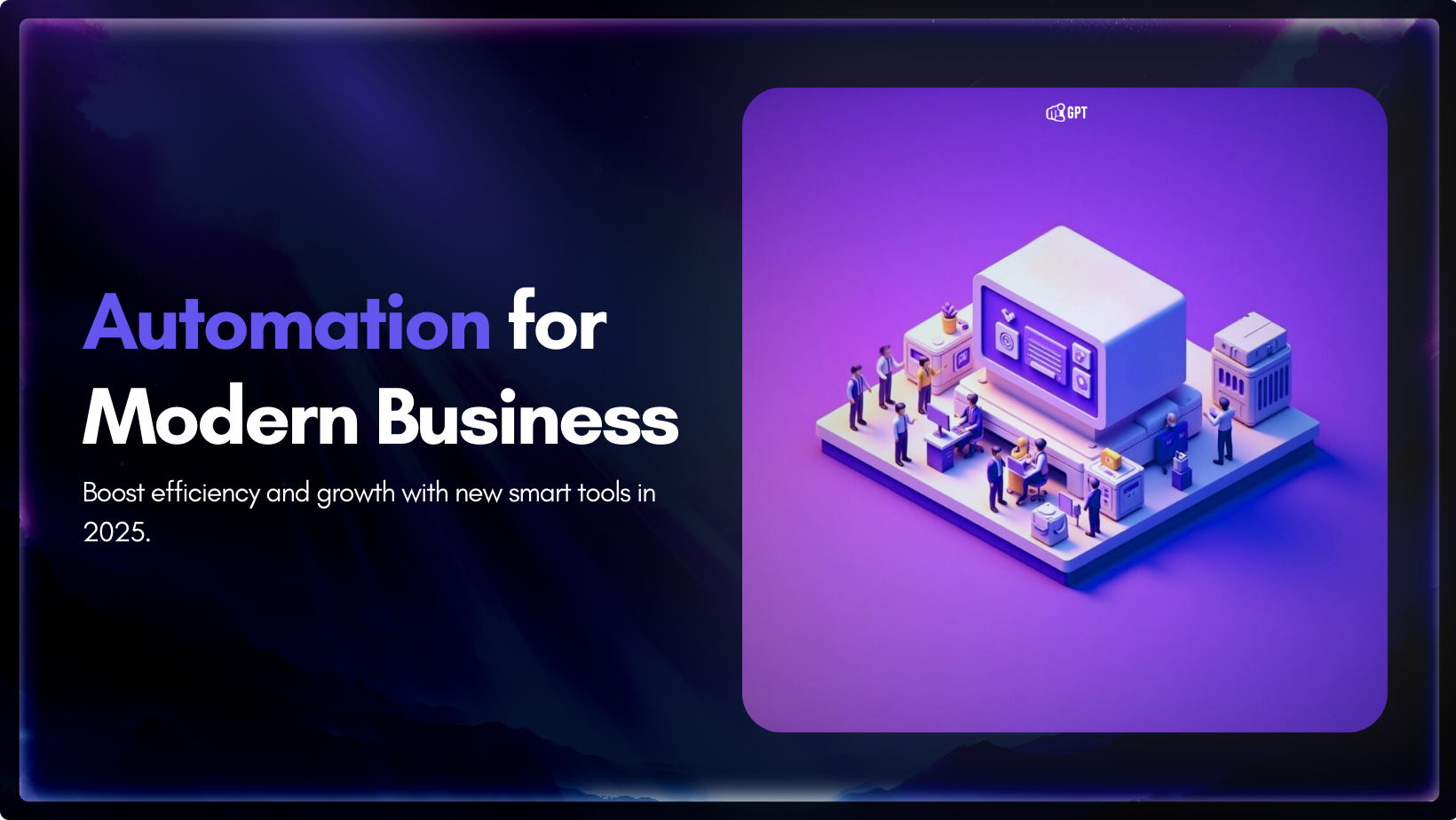
AI technology in 2025 is an active part of how businesses operate today. It plays a growing role in daily decision-making, planning, and service delivery across industries.
From early-stage startups to large enterprises, organizations are applying AI tools to improve how they work, manage expenses, and find new paths for expansion.
Automation helps teams work with data more effectively. It enables faster analysis, simplifies complex workflows, and enhances the quality of customer interactions.
Businesses are turning to AI for predictive analytics, routine task management, and immediate access to insights that support timely, informed choices.
Alongside these advantages, AI adoption raises important considerations. These include how to handle data responsibly, address ethical questions, and ensure teams are equipped with the right skills.
As AI becomes more integrated into everyday operations, the important question shifts from whether to use it to how it may align with a company’s goals, values, and long-term strategy.
When applied thoughtfully, AI becomes a tool for purposeful innovation and lasting progress.
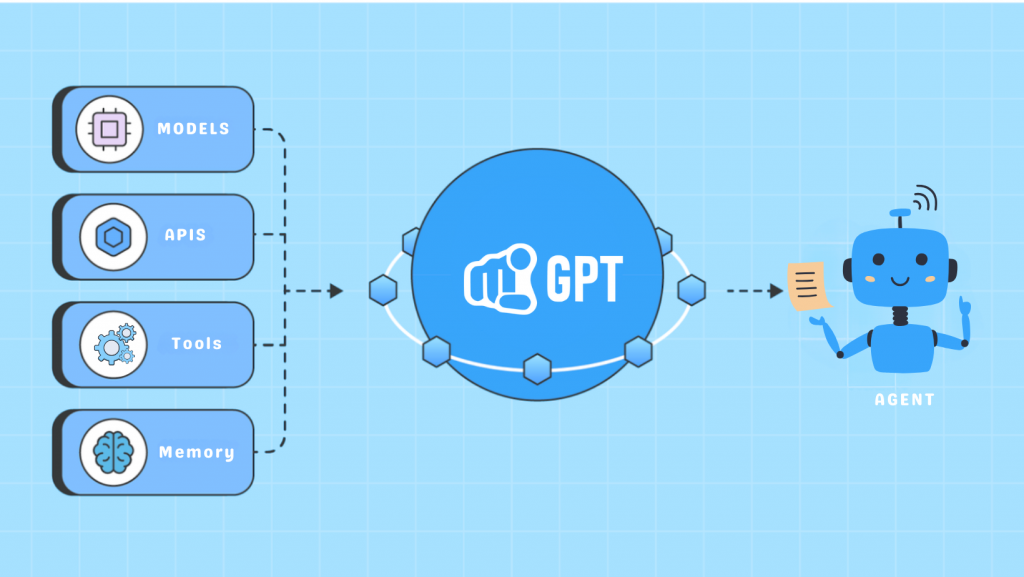
In 2025, AI is taking on more active roles in business operations. Instead of just responding to simple commands or handling isolated tasks, many systems are now able to manage entire processes with limited need for human input.
These tools can coordinate multiple steps, make decisions based on context, and carry them out within clear boundaries. Earlier versions often needed someone to supervise each move. Today’s AI handles much more on its own.
For businesses, this means workflows that once required multiple employees across departments can now be streamlined end-to-end by AI. An agent can handle a customer inquiry, cross-check product availability, process a secure payment, trigger shipment, and even send follow-up communications—all in a single flow.
“AI is moving from being a passive assistant to an active partner in business decisions” says Jeffrey Zhou, CEO and founder of Fig Loans.
The difference is more than speed. These agents are context-aware, meaning they can weigh trade-offs, detect anomalies, and adjust strategies in real time. For example, if fraud indicators appear during payment processing, the AI won’t just flag it—it can automatically halt the transaction, notify the customer, and alert compliance teams.
McKinsey reports that these systems now engage with customers, process payments, flag fraud, and complete shipment workflows—reducing hours of manual effort to mere minutes. As adoption spreads, the implications are profound: businesses gain not only efficiency but also resilience, with AI acting as a 24/7 partner capable of scaling operations faster than traditional teams ever could.
Every month, there’s a noticeable leap in what AI can do. AI is becoming more specialized. Businesses are shifting away from general-purpose tools and turning to systems built for the specific needs of their industry.
These solutions are shaped by the unique challenges, changing demands, regulations, and customer expectations of each sector.
Finance: AI now handles complex but repetitive tasks such as claims processing, fraud detection, and compliance checks.
Healthcare: Specialized AI tools are reshaping patient care and administration.
Retail: Predictive algorithms have become indispensable for competitiveness.
“The real value of AI comes when it’s trained for the nuances of your sector,” says Leigh McKenzie, a Community Advocate at Traffic Think Tank. This specialization does more than improve efficiency. It also helps ensure compliance with strict industry regulations, from healthcare privacy laws to banking standards.
By deploying vertical AI, companies no longer have to choose between innovation and compliance. Instead, they gain both, unlocking a competitive edge that generic solutions simply can’t match.
In 2025, one of the most significant advances in AI is the ability to reason across data rather than just recognize patterns or just predicting the next possible outcomes. These systems can connect information from different sources, explain the logic behind their conclusions, and adjust their approach as new data becomes available.
For businesses, this capability is transformative. A retail chain can feed sales data, weather patterns, and social media trends into an AI system that not only forecasts demand but also explains why certain products will spike in specific regions. In finance, reasoning allows AI to analyze global economic signals, detect anomalies in transaction flows, and propose actionable responses rather than just raising alerts.
This progress is driven by advances in custom AI hardware. New chips are built specifically for complex compute oriented tasks like reasoning. They handle large volumes of data quickly and efficiently, all while reducing the costs that usually come with heavy computing.
“AI is entering a new phase,” says Xinrun Han, Marketing Manager at Mailgo. “It doesn’t just predict anymore. It explains, adapts, and takes action.”
This shift changes how businesses use AI. It’s no longer just a back-office tool for handling tasks like invoices or basic support. It’s becoming a core part of how companies make decisions, develop products, and manage risk. For teams that adopt reasoning-based AI, it’s like having a second brain—one that works at a different speed but supports the same goals.
AI automation in 2025 is delivering measurable results. Companies are improving productivity, reducing operating costs, and building stronger customer loyalty. What was once a new idea is now a dependable source of return on investment.
For small businesses, AI tools are saving an average of 8–12 hours per week on administrative tasks. Automated invoicing, lead nurturing, and appointment reminders reduce the workload on lean teams and free owners to focus on growth.
In the financial sector, AI agents are reshaping back-office operations:
Customer-facing roles are also benefiting:
“If you measure impact in hours saved per week, the ROI becomes impossible to ignore,” says Anna Zhang, Head of Marketing at U7BUY. AI creates space for people to focus on what they do best. When routine tasks are handled automatically, teams can put more energy into thoughtful decisions, creative problem-solving, and building strong relationships—the kind of work that adds long-term value to any business.
AI integration isn’t something that can be rushed or left to chance. By 2025, the businesses seeing the strongest results are those approaching it with structure and discipline. Too often, companies jump from one tool to another without considering whether it delivers measurable ROI.
This trial-and-error mindset not only wastes money but also creates fragmented systems that fail to work together. A well-planned approach, on the other hand, ensures that AI adoption supports both immediate needs and long-term strategy.
The most successful companies begin with high-impact use cases—areas where automation produces immediate results:
Next, they document workflows in detail, creating a clear picture of where bottlenecks occur. This step allows leaders to pinpoint the tasks that consume time but deliver little value when performed manually.
Equally important is the practice of tracking key metrics:
“AI should never be a vanity project; it needs measurable KPIs from day one,” advises Beatus Hoang, the Senior Growth Manager at Exploding Topics. Business owners can make sure that every use of AI leads to better operations, better customer experiences, and long-term ROI by approaching it as a strategic effort instead of a trend to follow.
AI is quickly changing the job market, especially for younger people who are just starting out in traditional professions. The first jobs to experience the effects are those that involve simple data entry, customer service, and frontline technical support.
A Stanford study in 2025 reported a 16% decline in employment among workers aged 22–25 in these categories, showing how quickly automation can displace entry-level opportunities.
At the same time, experts caution against seeing AI purely as a replacement for human talent. Jason Noel, CTO at EY, argues that the focus on reskilling everyone for advanced technical work misses the point.
He calls mass upskilling hype “silly,” emphasizing instead that AI should be intuitive enough to help workers succeed without major retraining.
Forward-thinking businesses are responding by adopting a model of augmentation rather than substitution. Instead of eliminating roles, they are redesigning them so humans and AI work side by side. This approach has several advantages:
Businesses that prioritize empathy and transparency in their AI strategies are positioning themselves not only for operational efficiency but also for long-term resilience, where humans remain central to delivering value.
The best way to move forward in 2025 isn’t to replace human workers with AI, but to have humans and AI work together. Machines are great at handling large amounts of repetitious data, but people are still important for consumer and employee experiences because they have judgement, creativity, and empathy.
This collaboration is already visible across industries:
By finding this balance, organizations may be more efficient without sacrificing the personal touch that customers still want and value.
The real chance is to change how people think about AI from being a job killer to becoming a workforce booster. Companies who use this mixed model find that they can grow faster, avoid burnout, and keep customers loyal, all while giving their employees the power to execute the task that only humans can do.
2025 is the first full year in which businesses must comply with the EU AI Act, a landmark regulation that sets strict requirements for transparency, risk management, and human oversight. For companies operating in or trading with the EU, this means every AI system, whether a customer-facing chatbot or a back-office analytics tool, must be explainable, auditable, and subject to human review.
In the United States, regulators are also moving quickly. In 2024, nearly 700 AI-related bills were introduced across 45 states, along with a sharp increase in federal oversight. These laws cover a wide range of issues, from consumer protection and data privacy to industry-specific rules in areas such as healthcare and finance.
In India, the government has taken a structured approach to AI governance through the IndiaAI Mission and the launch of the AI Safety Institute in 2025. Draft guidelines from MeitY emphasize accountability, transparency, and ethical use of AI, with the goal of creating a whole-of-government framework for responsible AI adoption.
The consequences of ignoring compliance are serious. Businesses risk heavy fines, reputational harm, and in some cases restrictions on market entry. For business owners, AI governance has become a core responsibility and must be managed with the same rigor as financial compliance.
Building resilience in AI adoption requires more than quick implementation—it depends on a strong foundation built on three core pillars.
Together, these pillars ensure that businesses adopt AI not just quickly, but sustainably and responsibly, setting them up for long-term success.
The hype surrounding generative AI has been immense, but results are mixed. A recent report from The Guardian noted that 95% of generative AI projects have produced negligible revenue growth, highlighting a gap between lofty expectations and measurable outcomes. Many companies rushed to adopt generative tools without a clear use case, treating them as experimental add-ons rather than integrating them into core operations.
In contrast, operational AI continues to deliver consistent value. Tools like customer support bots, workflow automation agents, and intelligent analytics are proving indispensable for saving time, reducing costs, and improving service quality. These solutions may not generate headlines, but they directly impact the bottom line.
The lesson for 2025 is clear: businesses should be ambitious but practical. Focus on initiatives that can be tied to return on investment (ROI), trackable metrics, and real customer impact, rather than chasing hype-driven projects.
| Focus Area | What You Need to Know |
|---|---|
| Agentic AI | Automates strategy and execution, not just admin. |
| Industry AI | Tailored systems deliver compliance + efficiency. |
| ROI Focus | Measure hours saved, errors reduced, revenue gained. |
| Workforce | Think augmentation, not mass layoffs. |
| Regulation | Compliance is now a core business priority. |
AI automation in 2025 has moved from being a competitive edge to becoming the backbone of how modern businesses operate. It is now essential for survival in an economy that values speed, accuracy, and adaptability. The companies that succeed will be the ones that adopt AI with purpose, creating measurable value, meeting regulatory requirements, and supporting their workforce rather than replacing it.
At the same time, leaders need to recognize that AI adoption is not a quick fix but a long-term strategy. Success requires balancing ambition with responsibility, making sure that innovation is supported by compliance, ethical practices, and transparency with both customers and employees.
The businesses that thrive will treat AI as a true partner in growth. By weaving it into decision-making and daily operations, they will build stronger organizations that are not only more efficient but also more resilient and trusted in the years ahead.
Connect YourGPT to your workflows and automate routine tasks, reporting, and team support—across chat, voice, and email.
No credit card required • Full access • Limited time offer
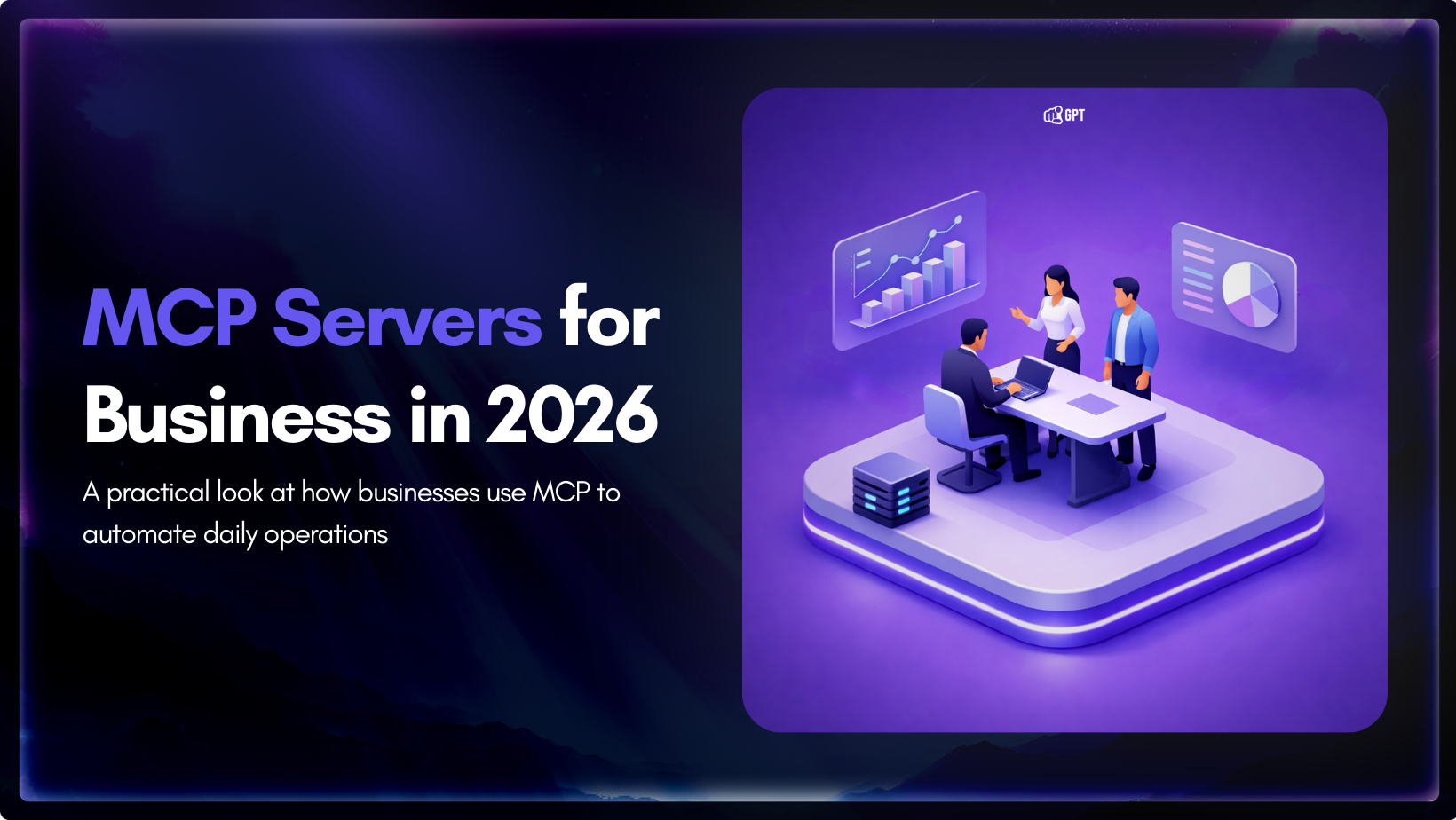
Growth-focused teams move faster when their tools work together instead of competing for attention. Modern development depends on multiple systems to ship code, review changes, monitor services, and access data. Each system serves a purpose, but routine work often means moving between dashboards, scripts, and internal tools. These small transitions shape how consistently a team […]

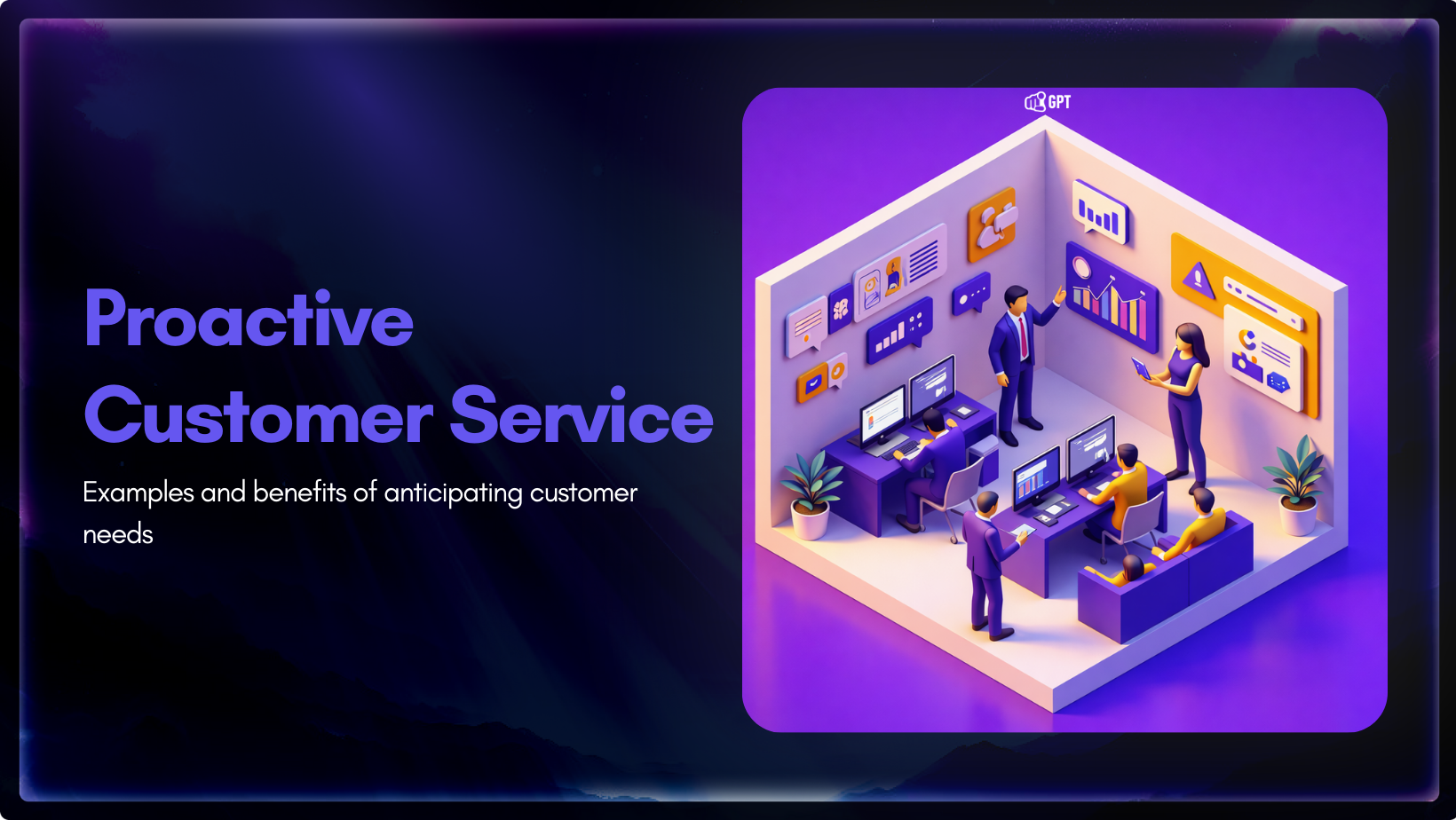
Most customer service moments begin long before a ticket is created. Something feels off. A payment does not go through. A delivery update stops moving. A user gets stuck at the same step and tries again. Customers usually pause, check, retry, and wait before they decide to ask for help. Proactive customer service works inside […]

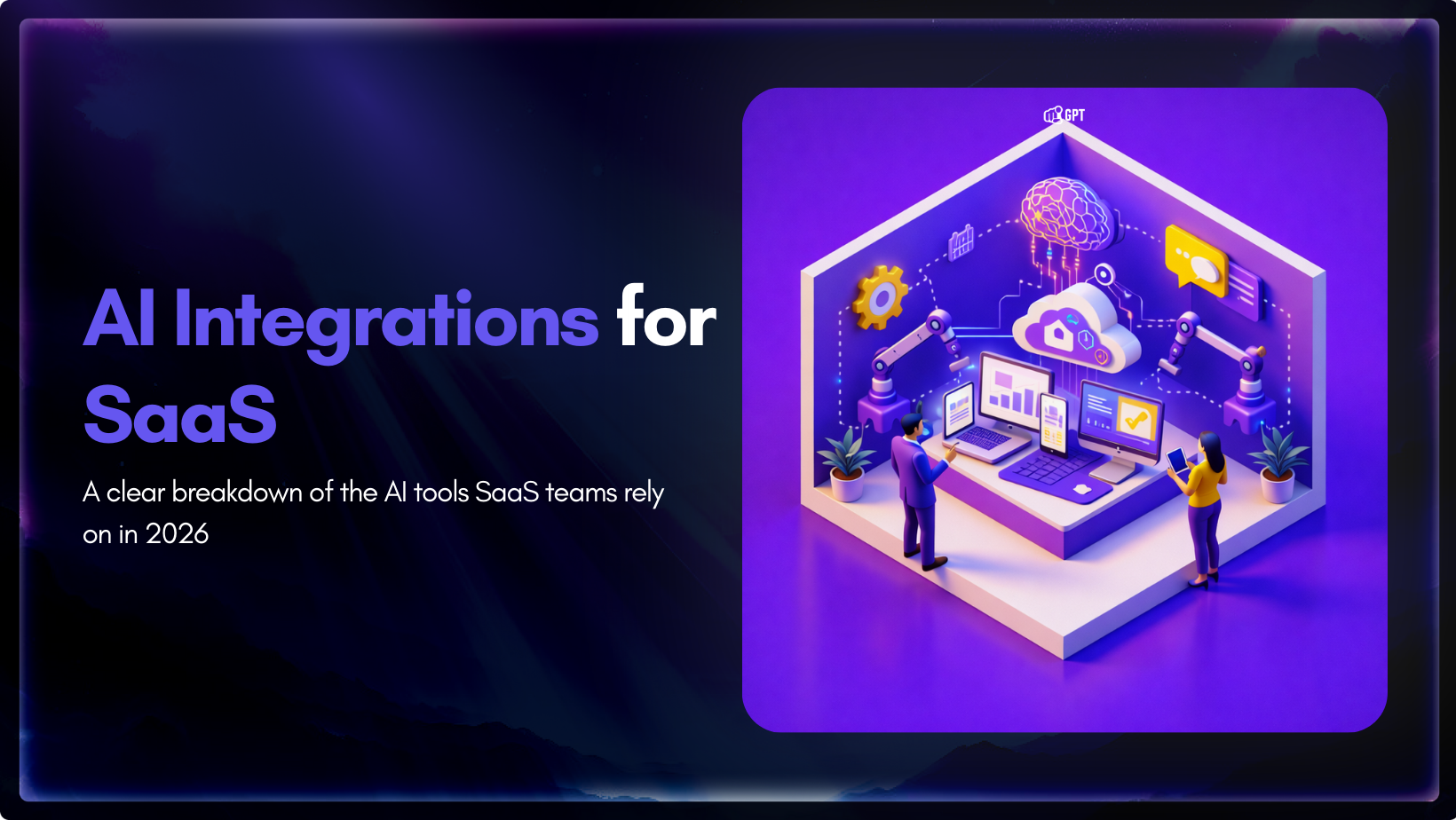
AI has become a core part of how modern SaaS products are built and delivered. In 2026, customers expect intelligent assistance to be available throughout their journey, from onboarding and everyday product usage to support and account management. Inside SaaS teams, AI is increasingly used to speed up workflows, reduce repetitive tasks, and improve how […]


Shopify stores often use a chatbot on their website to handle product questions, order updates, and support. But customers also message on WhatsApp expecting the same quick answers. Most of them already use WhatsApp throughout the day, so reaching out there feels natural. A chatbot that works across both channels responds in seconds, guides purchase […]

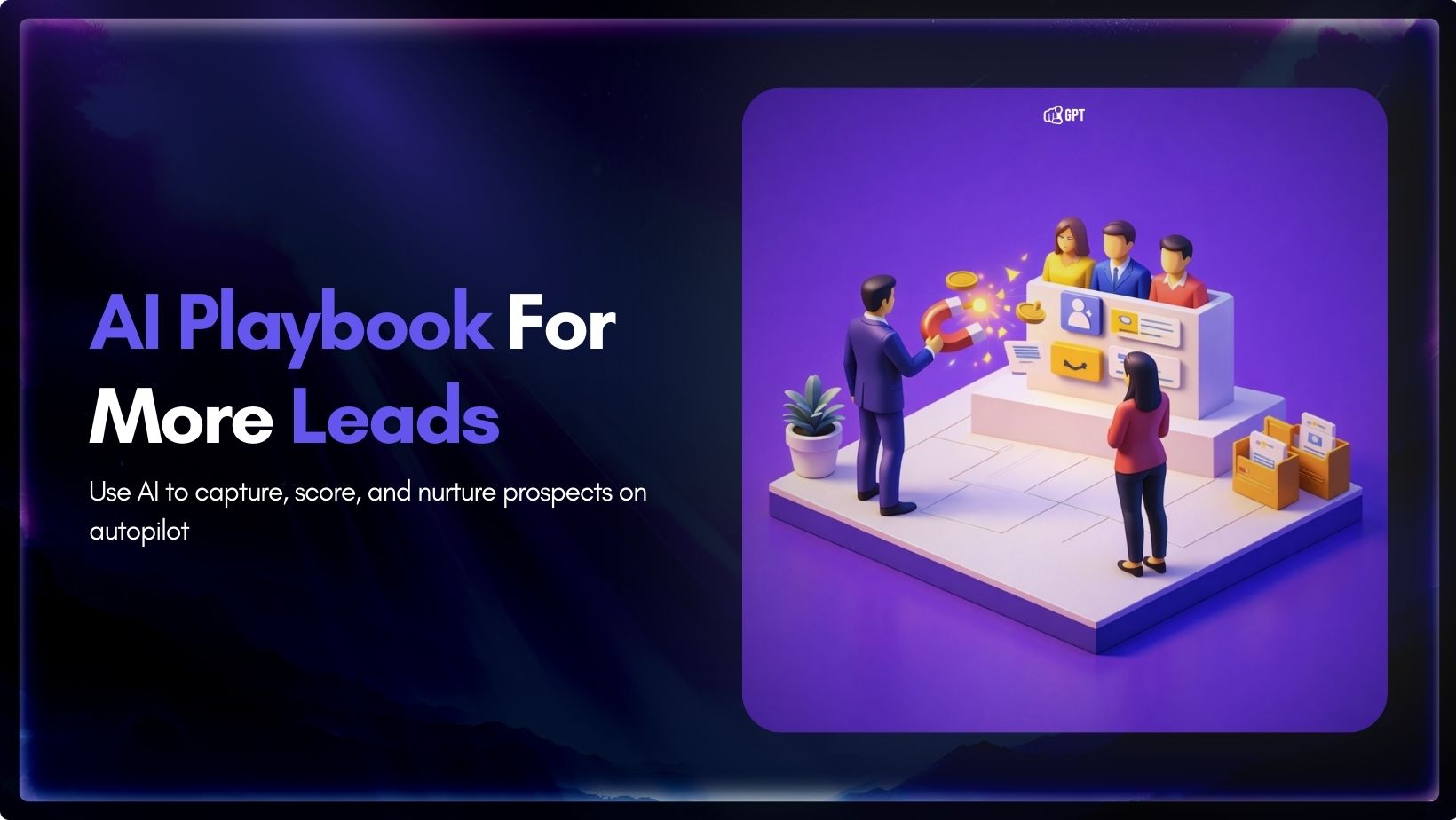
Most businesses do not struggle to generate leads. They struggle to know which ones are worth acting on. Forms get filled, DMs arrive, emails are opened, and chats happen across multiple tools. Some prospects convert. Most do not. The real problem is that there is no reliable way to tell, early enough, which signals actually […]

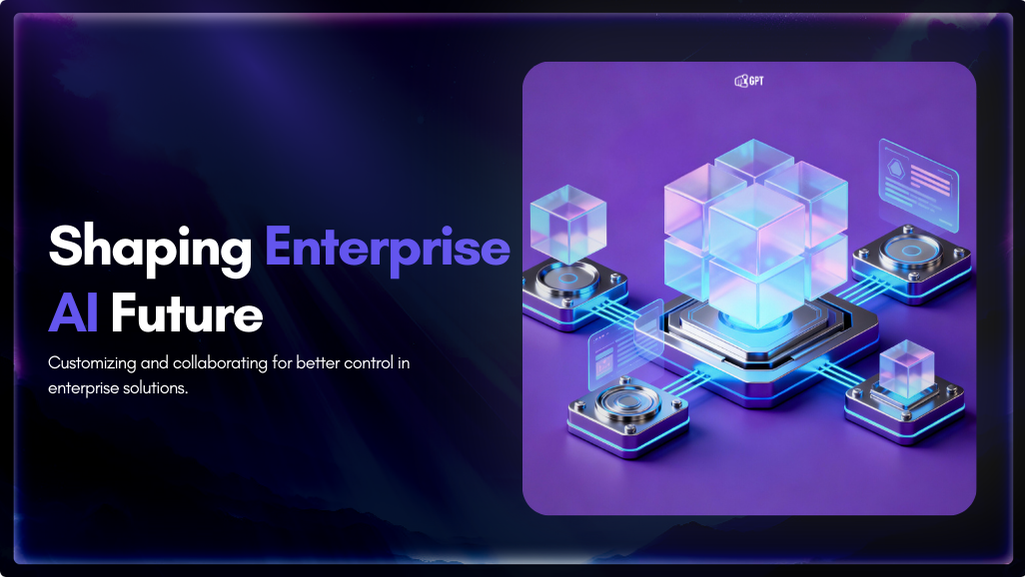
Artificial Intelligence has advanced quickly over the past five years, moving from an experiment to a standard component of modern business. AI has become a central part of enterprise strategy. 88% of organizations are now using AI. This figure has increased from 78% the year before. This transformation is reshaping how companies run, communicate, and […]
